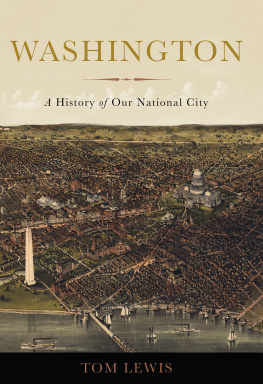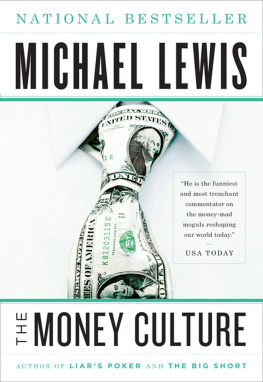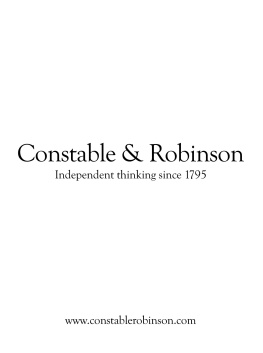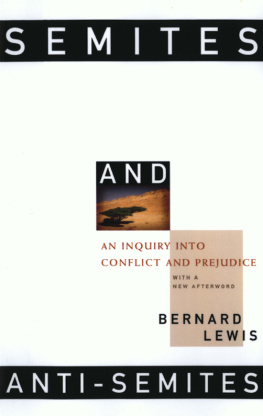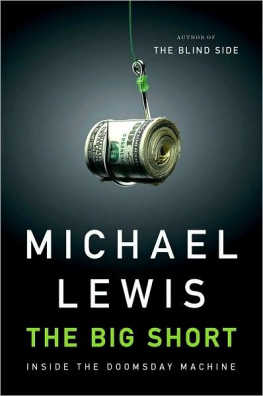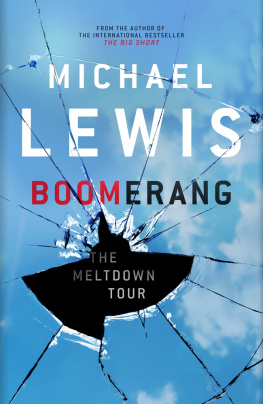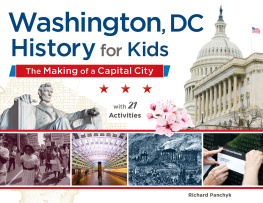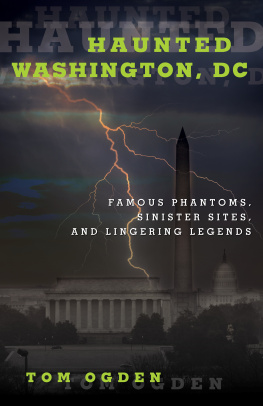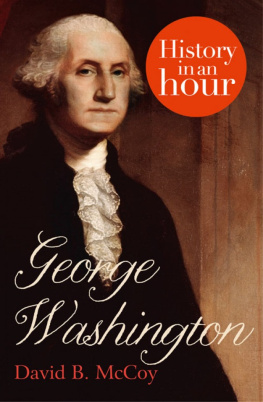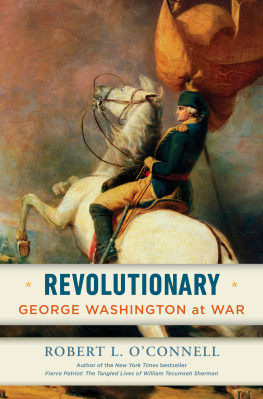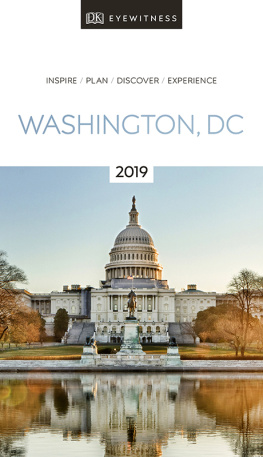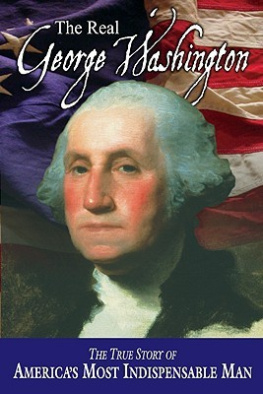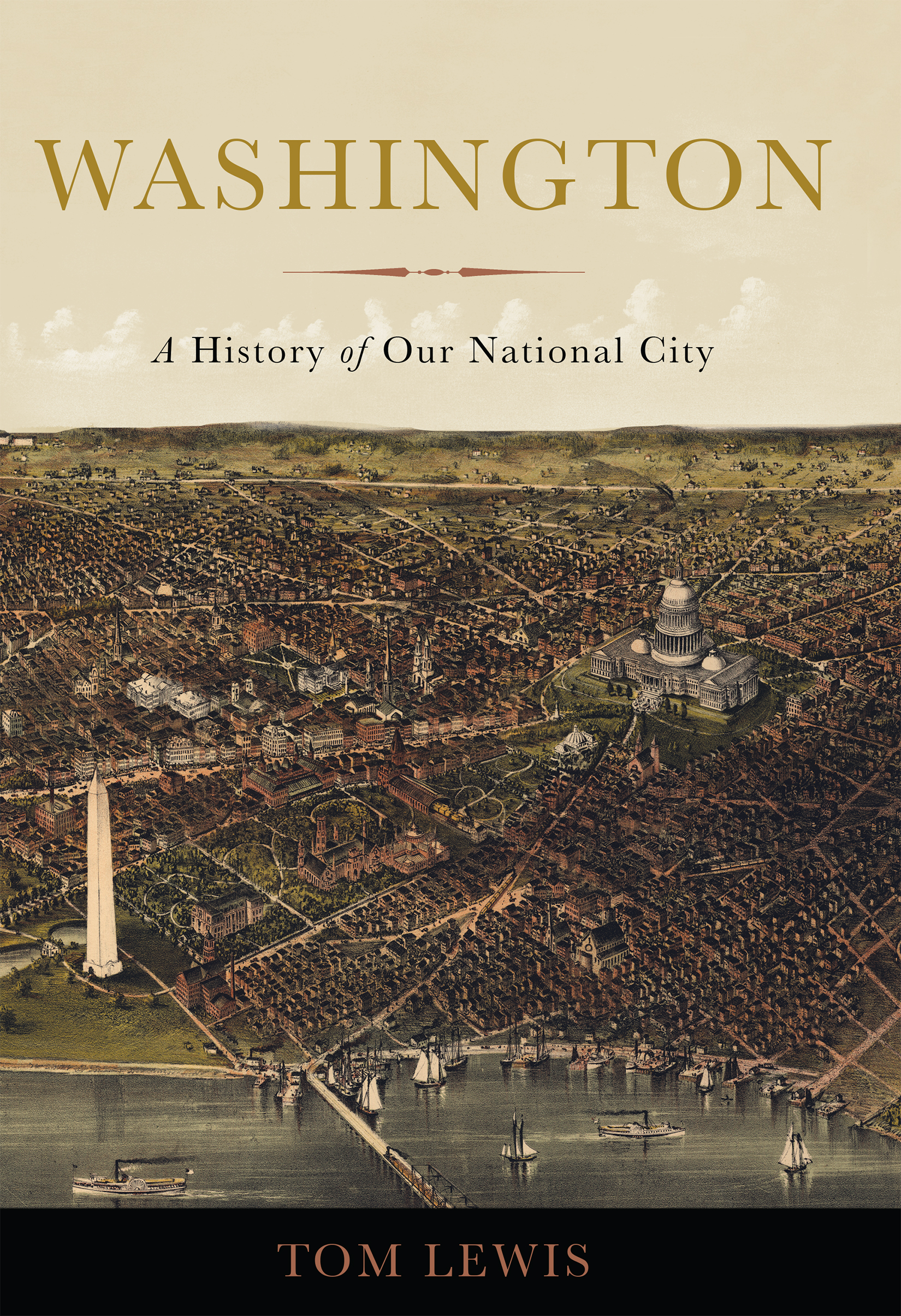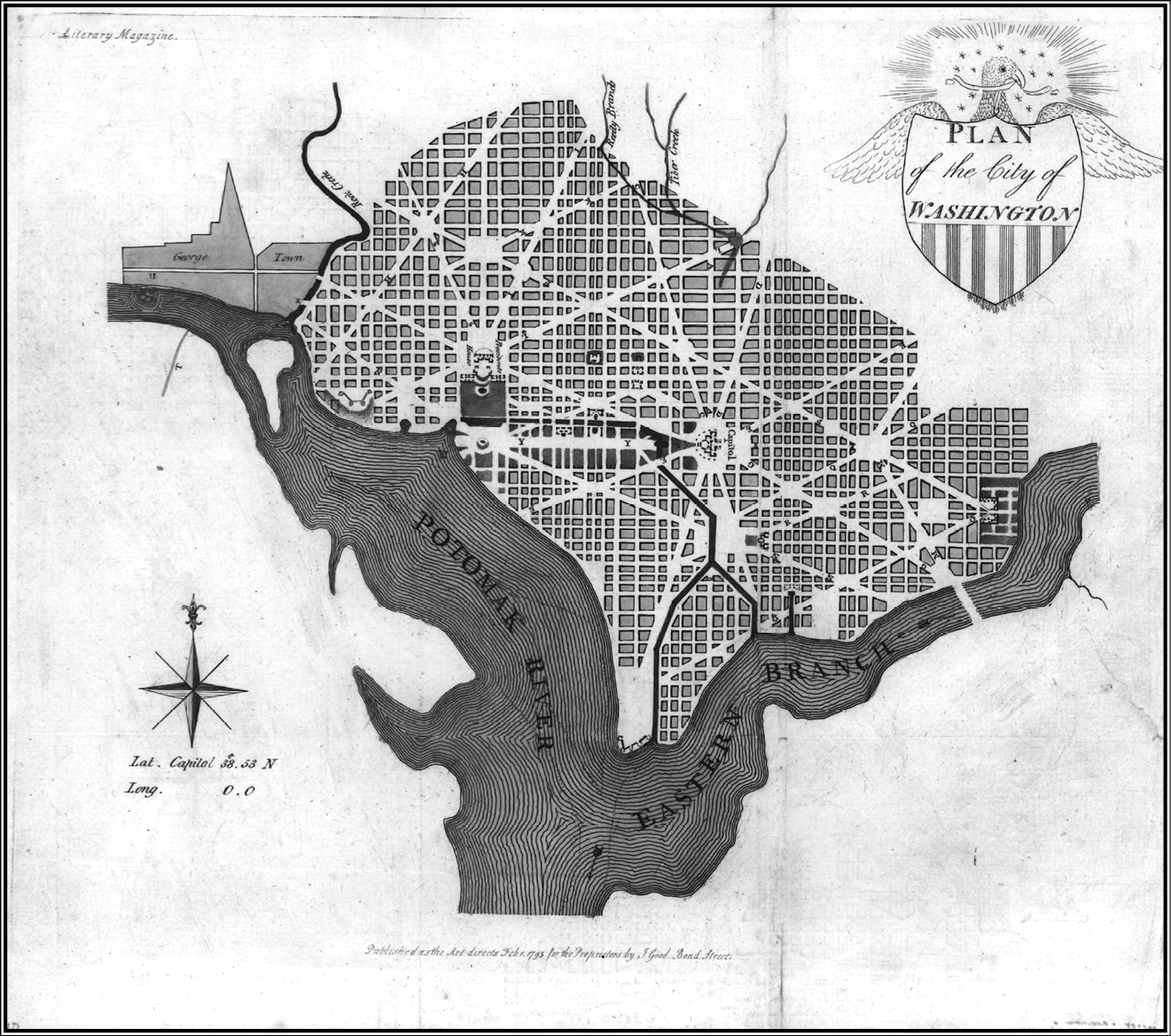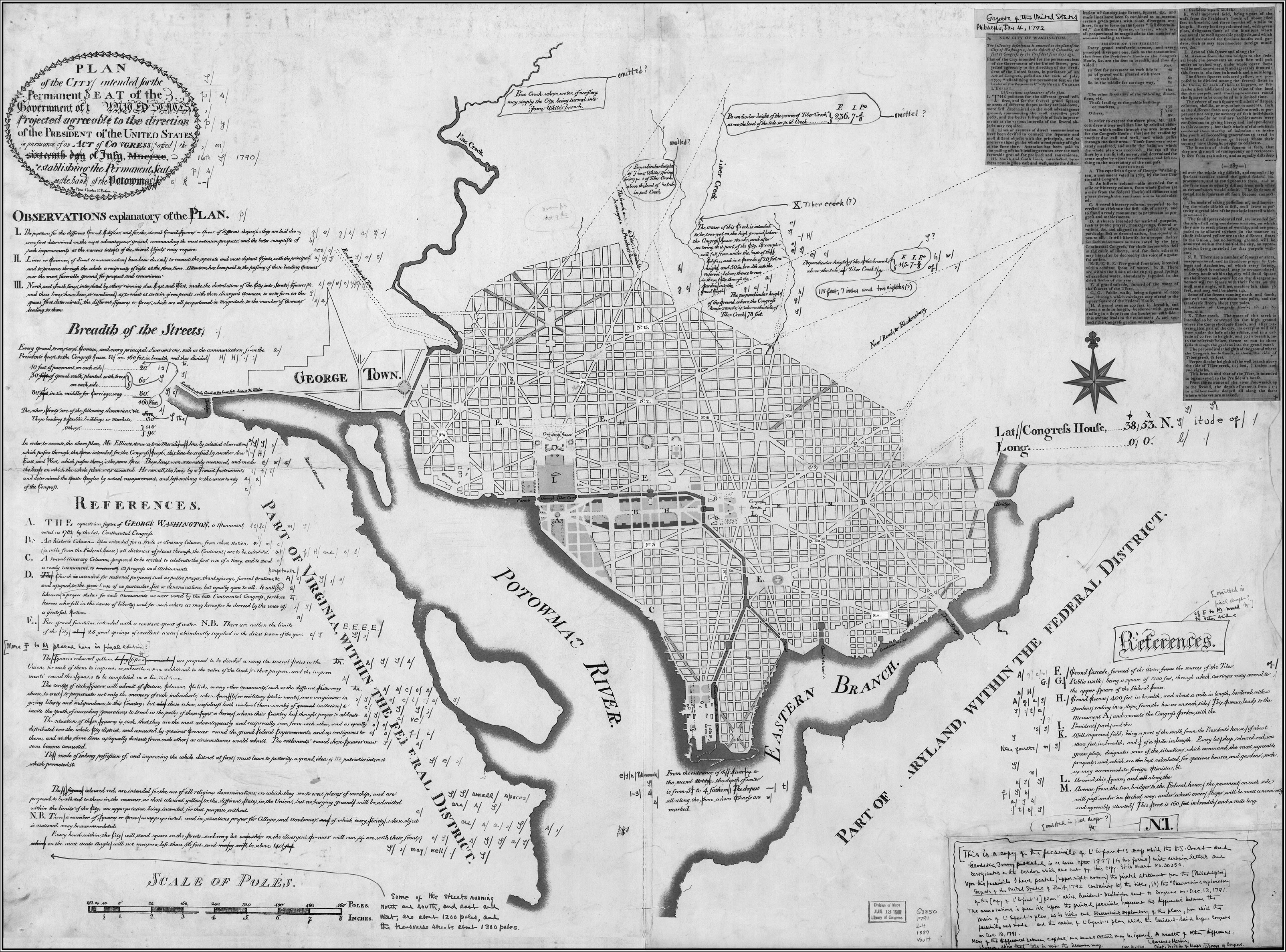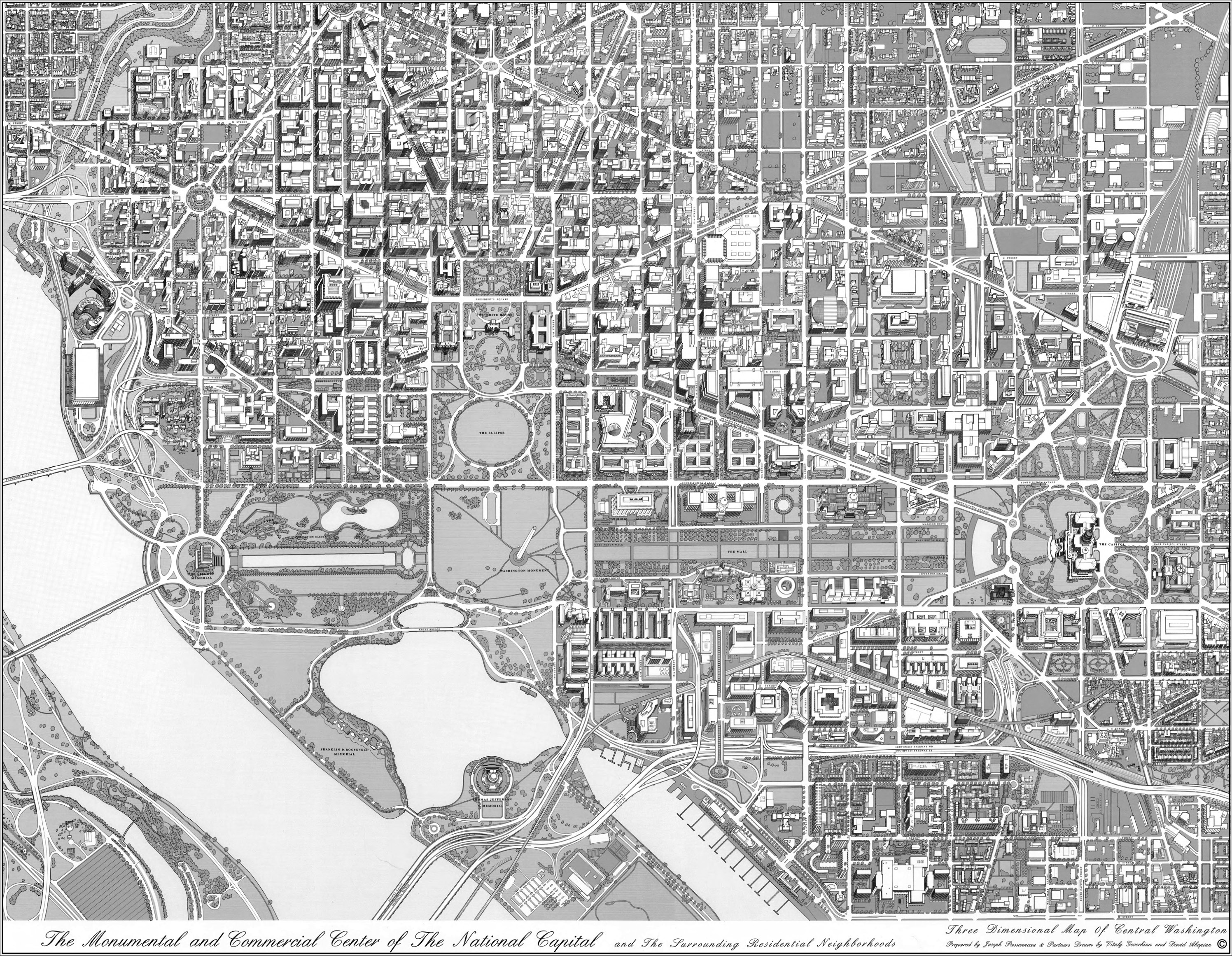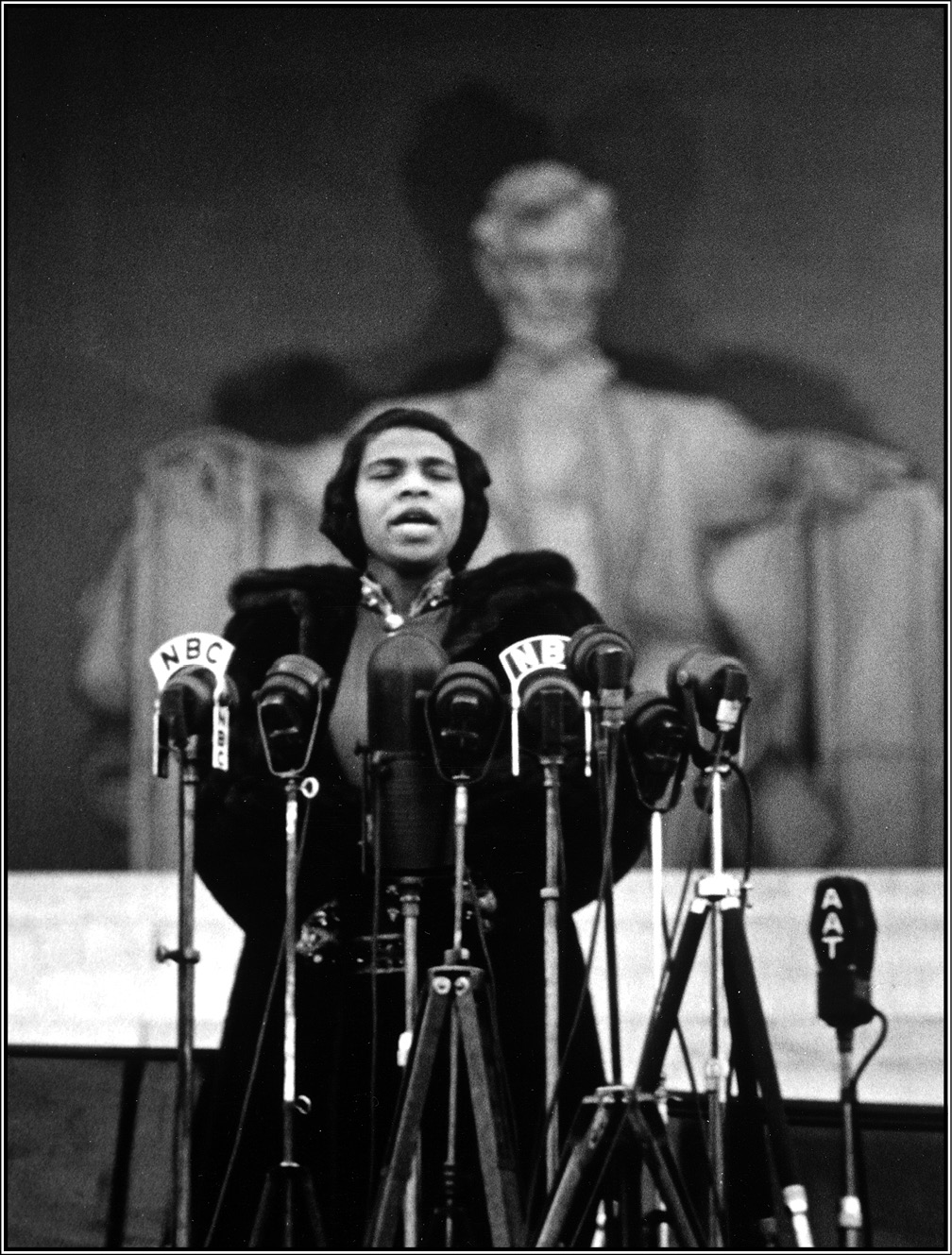Lewis - Washington : a history of our national city
Here you can read online Lewis - Washington : a history of our national city full text of the book (entire story) in english for free. Download pdf and epub, get meaning, cover and reviews about this ebook. City: Washington (D.C.), year: 2015, publisher: Basic Books, genre: Politics. Description of the work, (preface) as well as reviews are available. Best literature library LitArk.com created for fans of good reading and offers a wide selection of genres:
Romance novel
Science fiction
Adventure
Detective
Science
History
Home and family
Prose
Art
Politics
Computer
Non-fiction
Religion
Business
Children
Humor
Choose a favorite category and find really read worthwhile books. Enjoy immersion in the world of imagination, feel the emotions of the characters or learn something new for yourself, make an fascinating discovery.
Washington : a history of our national city: summary, description and annotation
We offer to read an annotation, description, summary or preface (depends on what the author of the book "Washington : a history of our national city" wrote himself). If you haven't found the necessary information about the book — write in the comments, we will try to find it.
Abstract: On January 24, 1791, President George Washington chose the site for the young nations capital: ten miles square, it stretched from the highest point of navigation on the Potomac River, and encompassed the ports of Georgetown and Alexandria. From the moment the federal government moved to the District of Columbia in December 1800, Washington has been central to American identity and life. Shaped by politics and intrigue, poverty and largess, contradictions and compromises, Washington has been, from its beginnings, the stage on which our national dramas have played out. In Washington, the historian Tom Lewis paints a sweeping portrait of the capital city whose internal conflicts and promise have mirrored those of America writ large. Breathing life into the men and women who struggled to help the city realize its full potential, he introduces us to the mercurial French artist who created an ornate plan for the city en grande; members of the nearly forgotten anti-Catholic political party who halted construction of the Washington monument for a quarter century; and the cadre of congressmen who maintained segregation and blocked the citys progress for decades. In the twentieth century Washingtons Mall and streets would witness a Ku Klux Klan march, the violent end to the encampment of World War I Bonus Army veterans, the 1963 March on Washington for Jobs and Freedom, and the painful rebuilding of the city in the wake of Martin Luther King, Jr.s assassination. It is our national center, Frederick Douglass once said of Washington, DC; It belongs to us, and whether it is mean or majestic, whether arrayed in glory or covered in shame, we cannot but share its character and its destiny. Interweaving the story of the citys physical transformation with a nuanced account of its political, economic, and social evolution, Lewis tells the powerful history of Washington, DC--the site of our nations highest ideals and some of our deepest failures
Lewis: author's other books
Who wrote Washington : a history of our national city? Find out the surname, the name of the author of the book and a list of all author's works by series.

